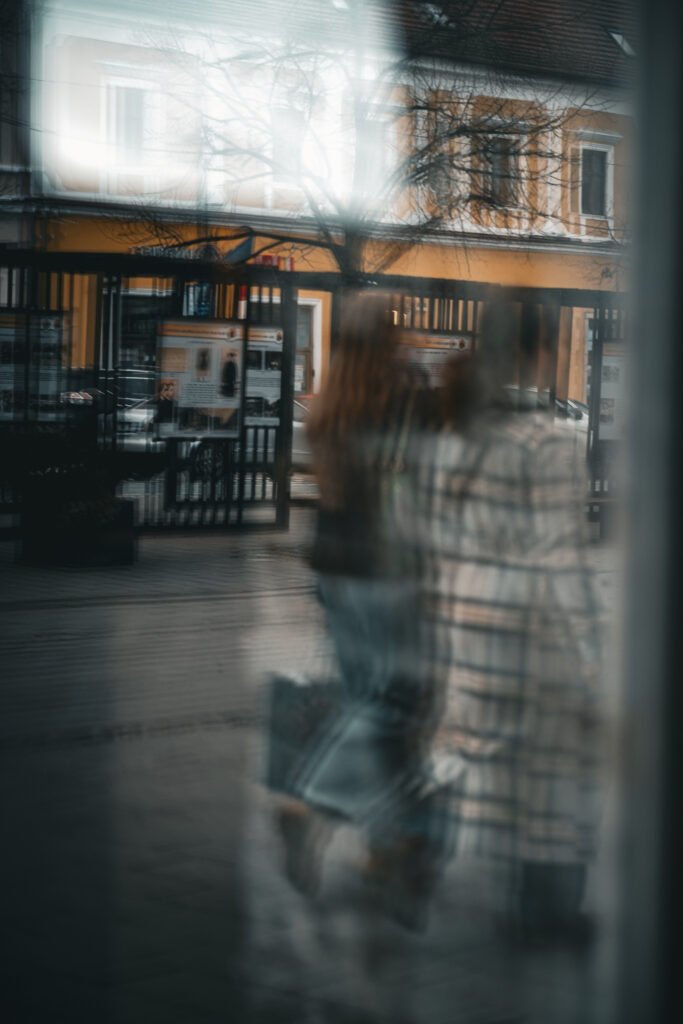Light is incredibly important. It creates a 3D effect and adds depth to photos. It also enhances pictures by casting shadows. Additionally, it can provide a beautiful color palette during the golden hour near sunset or sunrise.
Depending on the sun’s position in the sky, we can incorporate longer or shorter shadows into our photos. This, combined with the composition, has the potential to create a stunning image. All we need is a wall and the shadow of a silhouette painted on it.
If it’s too much light, it’s rarely a problem, unless shooting portraits. If it’s too little, again creativity can spark during low-light conditions.
However, during cloudy winter days, the light is unimpressive, bland, one-dimensional. Yet again, may be helpful for shooting portraits. Some photos taken in these conditions may be award-winning, however, I have a hard time accepting photos that I take during dull moments. Even though one or possibly two from a hundred can be acceptable:
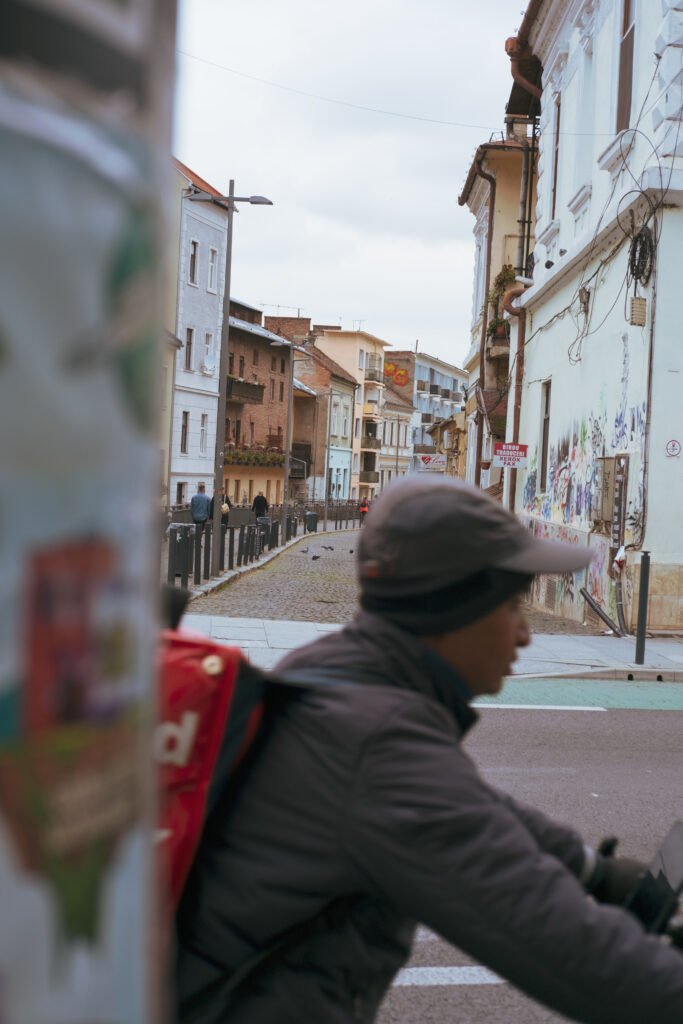
Catching some mist or fog might compensate for the midday sun’s absence, hidden in the clouds. I feel that mist or any type of smoke even can help elevate the photo and give it back some depth.
I was almost lucky enough and caught a tad of dissolving mist:
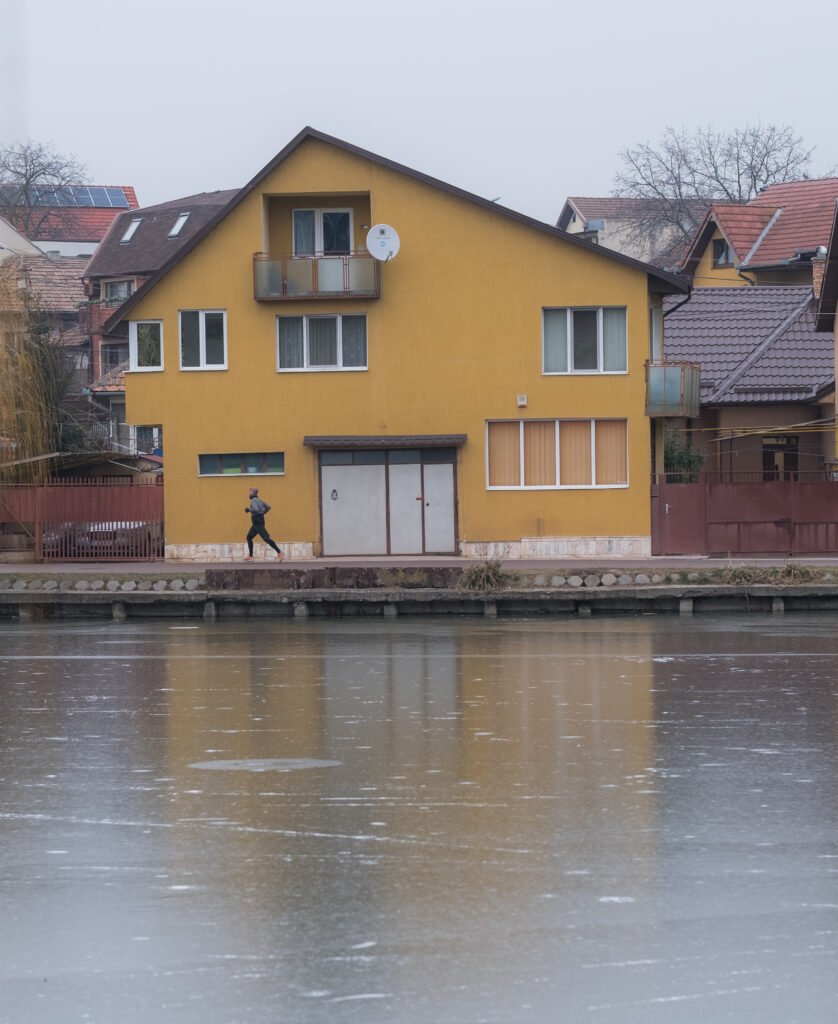
A camera, desire to shoot, yet the light …
No need to panic! On these occasions there is a great opportunity to learn something new, or discover other shooting point of view. Experiment with the manual or aperture priority settings and explore the photographic possibilities.
Better photos are possible despite limitations in the environment, subjects, or light, and certain impairments can in fact help us see other frames worth shooting.
After I took a couple of of bland photos, I’ve decided for the entire remaining session to just shoot reflections and windows.
Finally, I enjoyed the process again, having encountered a learning curve. Depending on the window glass type and color, the reflections would either look misty, would double the image, or, as if you put a filter on the lens.
But not just that, it inserted an interesting abstract layer, that depending on the number of reflections, it would give the photo a different composition.
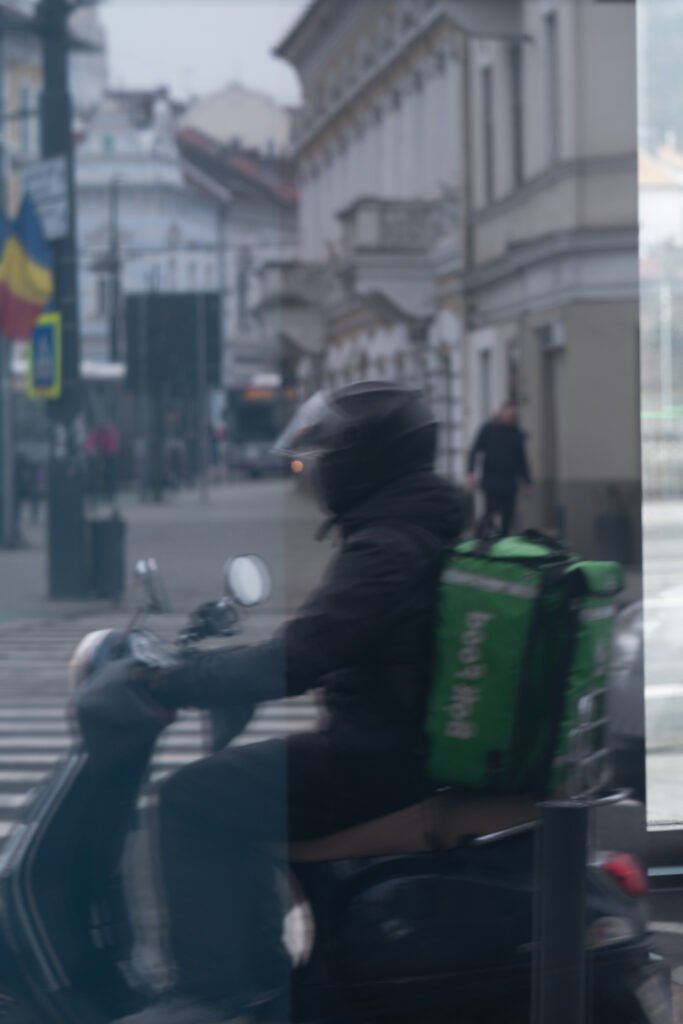
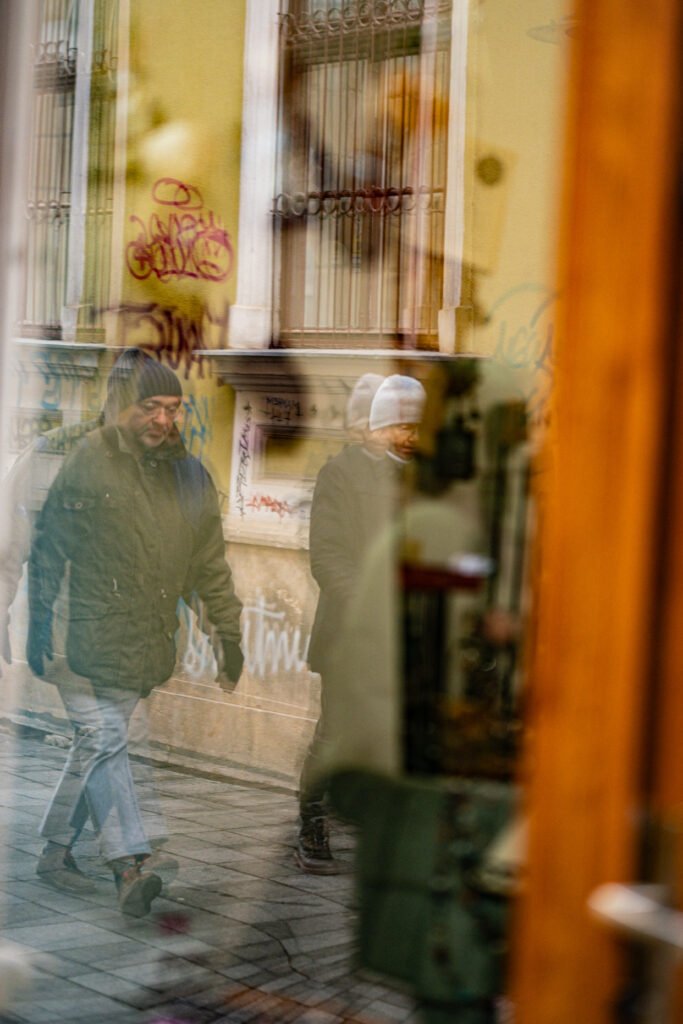
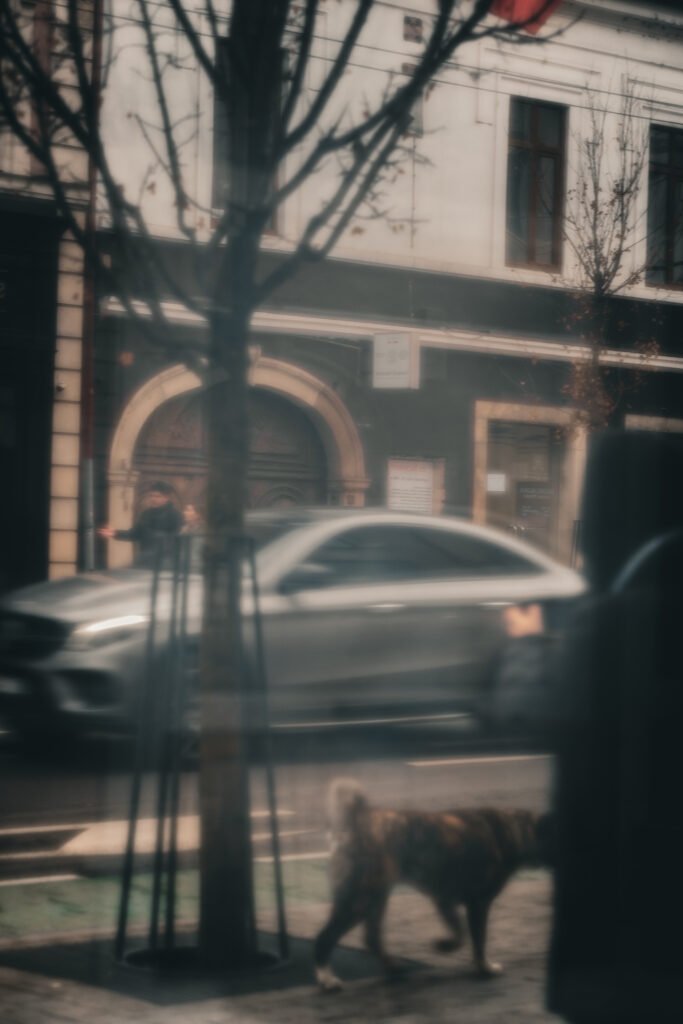
I suddenly needed more than one reflection; I was hunting for several inception-like reflections. Culminating with a photo reflected 3 times, like in a ping-pong. A frame that had a foreground (direct shot), background (first reflection), window (second reflection), subjects (third reflection). The subjects looked more like being photoshopped into the frame.
